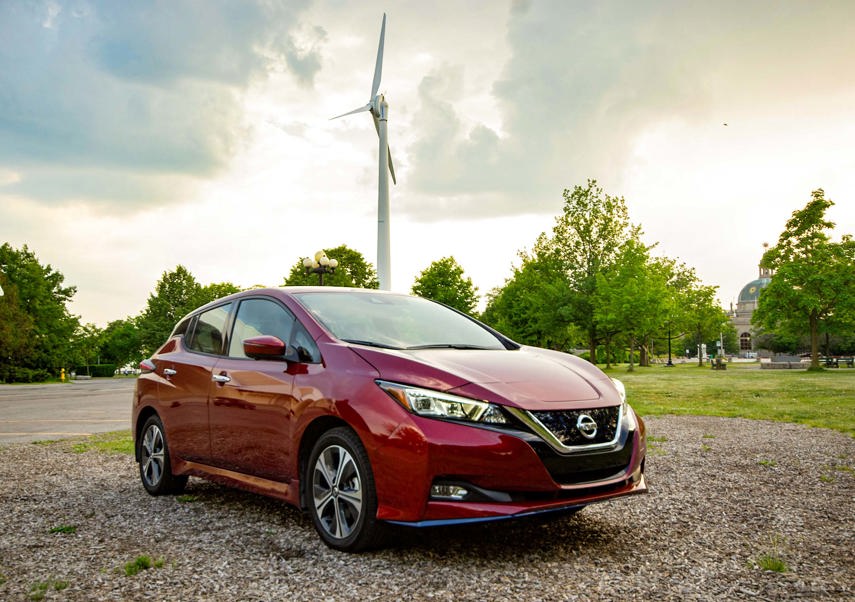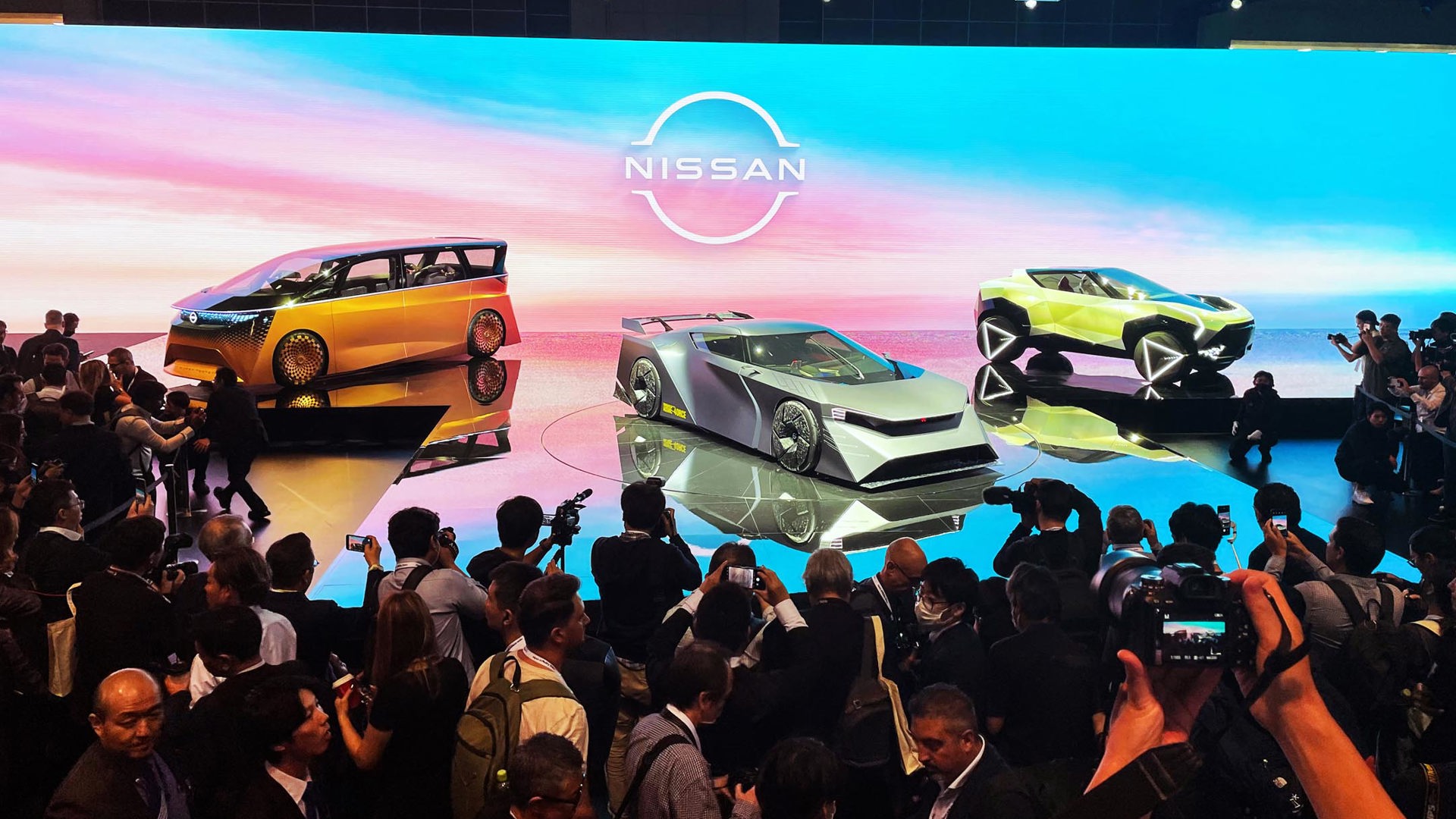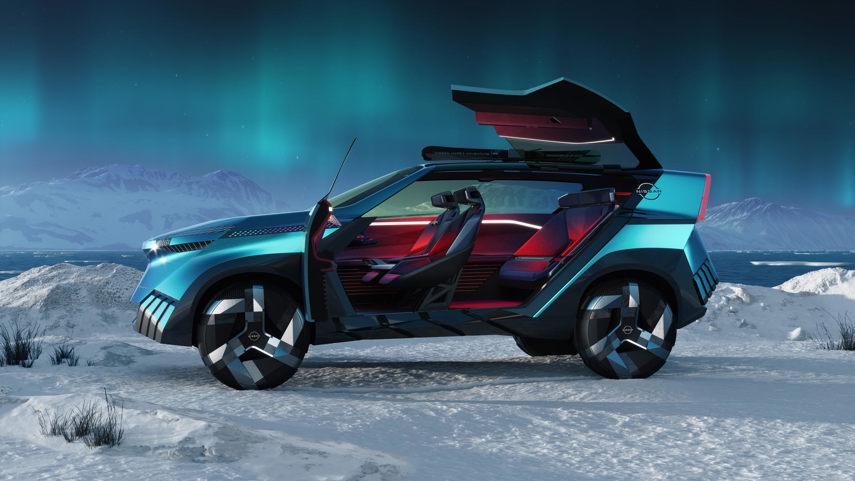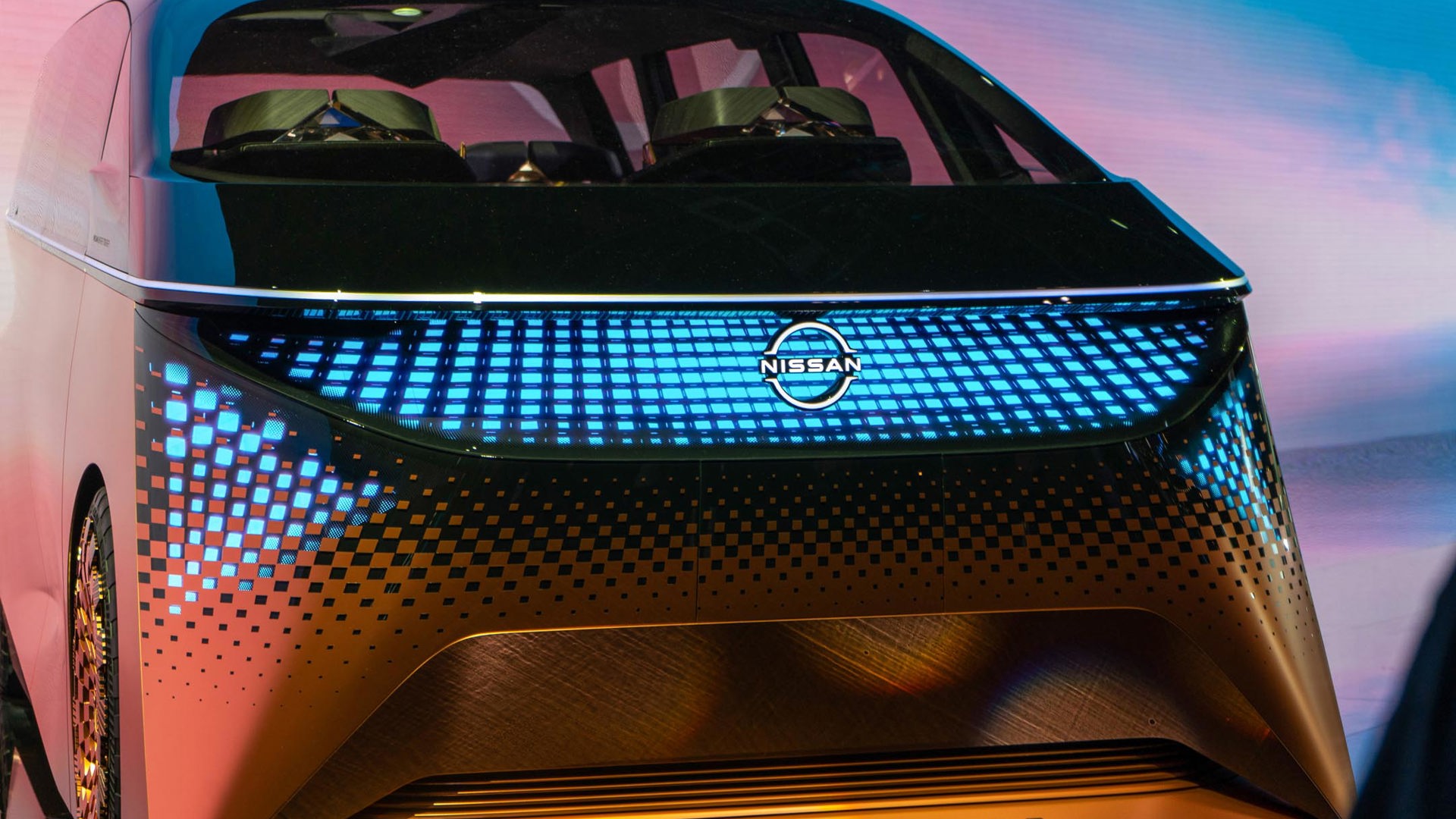If you’re in the market for an affordable electric vehicle – or, rather, a less expensive one – take note. EV pioneer Nissan has a wave of fresh, mainstream battery-powered models coming over the next few years. The five “Hyper” concept cars, unveiled at the recent Japan Mobility Show, give big clues about what drivers should expect.
Nissan’s new models can’t come soon enough, since the brand has arguably lost the edge it once had on EVs. Back in 2010 (13 years ago!) Nissan launched the Leaf, a compact and budget-friendly EV. Meanwhile, Nissan’s Japanese peers, including Toyota and Honda, dragged their heels on battery-electrics, clinging instead to hybrid vehicles and dabbling in hydrogen fuel cells.
Since 2010, Nissan has updated and improved the Leaf, but it took 12 years for the brand to follow up with a second electric model, the Ariya SUV, in 2022. And it’s not exactly a slam dunk. Starting at $55,853 with just 348 kilometres of rated driving range, the 2023 Ariya is hard to recommend when you compare it to Hyundai’s oh-so-cool Ioniq 5, which can be had for roughly the same price but comes with a whopping 488 km of range. The Ariya either needs a lower price or more range, issues that Nissan’s next wave of EVs and in-house battery technology should, hopefully, resolve.
Losing Focus

Nissan was “distracted” and “lost focus” through much of the 2010s, said Sam Abuelsamid, principal analyst for e-mobility at U.S.-based consulting firm Guidehouse Insights.
“There were big plans to bring out a bunch of EVs beyond the Leaf,” he said in an interview with AutoTrader. “I was here at the Tokyo show in 2009 when [former Nissan CEO Carlos Ghosn] was on stage, talking about selling a million EVs a year within a few years and launching four different EVs over the next three years. Most of that never came to fruition. EV adoption didn’t take off as fast as he projected,” Abuelsamid said.
“And then, through the middle part of the decade, I think there were a lot of distractions on the business side, with the [Renault-Nissan-Mitsubishi Alliance], with everybody still kind of struggling to figure out the business model around EVs, and trying to get the cost down,” Abuelsamid continued. It certainly didn’t help that Ghosn, who is credited with rescuing Nissan from the brink of bankruptcy, was arrested in 2018 on charges including breach of trust and misusing company assets.
“And so, yes, Nissan definitely did lose their edge, I think,” Abuelsamid concluded.
Of course, Nissan isn’t the only major car company to hit pause on its early EV plans after sales didn’t live up to lofty expectations. It took BMW 10 years from the initial i3 EV concept to follow up with a second EV, in the form of the much bigger and more expensive iX, for example.
One Million EVs
Only this year did Nissan’s global EV sales surpass the one-million-vehicle mark. The Leaf accounts for more than 650,000 of those sales. In Canada, the company has put more than 20,181 Leafs on the road to date; sales peaked in 2018 at 5,735 units.
However, through the first half of 2023, the Leaf was no longer among the top five best-selling EVs in this country. Nissan has some catching up to do.
A New Dawn for Nissan

At the Japan Mobility Show, usurpingly, Nissan was all about new EVs. Company president and CEO Makoto Uchida stopped short of confirming all five Hyper concept cars would go into production, but he did say they are “symbols of the future.”
More importantly, in an interview, Uchida reaffirmed the company’s commitment to having 40 per cent of its U.S. vehicle sales be fully electric vehicles by 2030. (There was no word on Canada specifically, but given market trends and the national EV sales mandate, it’s reasonable to expect a similar or even higher percentage in this country.) To hit that target, Nissan will need a much broader and more competitive EV lineup, including new models in more sizes, big and small, that cover more price brackets.
The Hyper Tourer minivan concept shown in Tokyo seems unlikely to arrive in North America, given our market’s preference for SUVs and pickups over everything. But the four others are more likely to hit a showroom near you in the future.

The Hyper Adventure concept would make a solid entry into the Canadian market. Look past the wild concept-car features – such as a rotating bench seat and retractable steps – and you’ll see a rugged, midsize, all-electric SUV with some clever aerodynamic design details to help increase efficiency and boost range. (A reborn Xterra, perhaps?)
The Hyper Punk concept is a smaller compact or sub-compact SUV that could slot nicely in the lineup below the Ariya. (Could the cult-favourite Nissan Juke make a comeback? We can only hope.)
The Hyper Force concept is clearly a look at an all-electric, next-generation Nissan GT-R. It’s powered by all-solid-state batteries (ASSBs), which offer greater energy density, faster charging, more range, and lower costs for consumers. Crucially for a sports car, they’re also significantly lighter than current EV batteries. Nissan is developing the technology in-house, aiming to have a prototype production line running in 2024 before putting ASSBs into a production car in 2028. So, if an all-electric GT-R is coming, drivers will sadly have to wait until the end of the decade to get behind the wheel.
The Hyper Urban concept is much more likely to hit showrooms soon. It’s packed with practical features such as V2H (vehicle-to-home) charging, which allows your car to power your home in the event of a power outage or to reduce energy bills during peak hours.
Asked if Nissan will bring a more affordable electric SUV to Canada, like these concepts, Uchida said, “I cannot tell you, but there are a lot of good plans.” He went on to say the cost of EVs is coming down drastically, driven by massive sales volumes in China. “We really have to change how we can optimize the cost so that we can have affordable, acceptable price range for EVs […] in each respective markets,” Uchida added.
New technology and battery innovation will ensure Nissan’s future EVs are competitive, explained Steve Milette, president of Nissan Canada. For example, the company claimed its ASSBs will offer double the range of current EV batteries and bring costs down to achieve price parity with combustion-engine vehicles. Similarly, Nissan’s next-generation “X-in-1” EV powertrains combine the motor, inverter, and gear into a single housing and far fewer rare-earth metals, which, again, should bring down costs and improve performance for consumers.
The company previously announced two “all-new, all-electric” vehicles will be built at Nissan’s plant in Canton, Mississippi, beginning in late 2025. There’s nothing official on what those two new models will be yet, but – putting two and two together here – it’s a solid bet they’ll look something like the Hyper Urban, Punk, or Adventure concepts.

“It’s the dawn of a new era, and Nissan Canada anticipates excitement in the market for the rise of all-electric vehicles in our line-up,” Milette said.
Of course, concept cars and tech demos are easy. Sales are challenging in an increasingly competitive market. We’ll know in the next few years if Nissan’s new era was enough to put this EV pioneer back on top.








